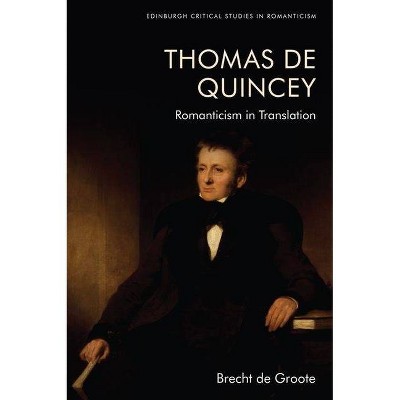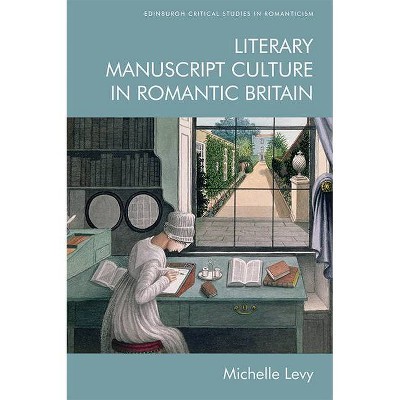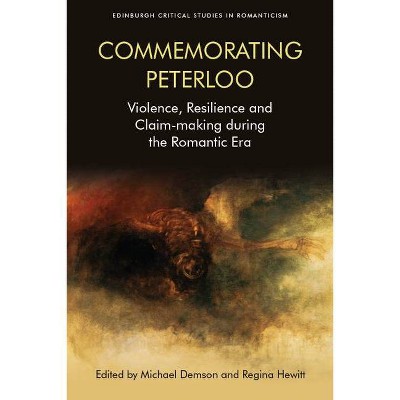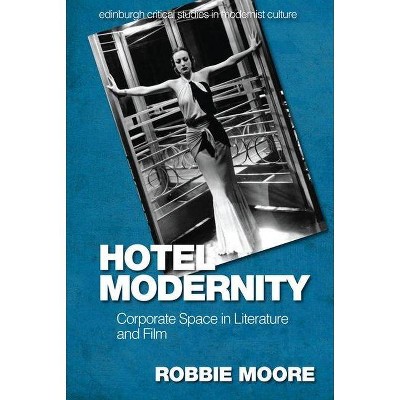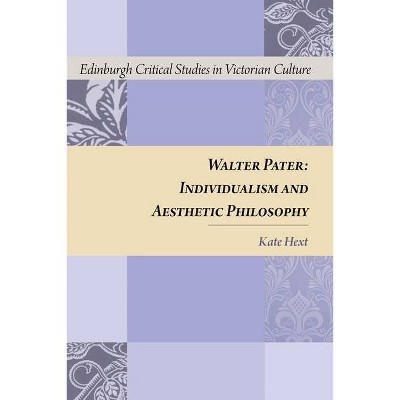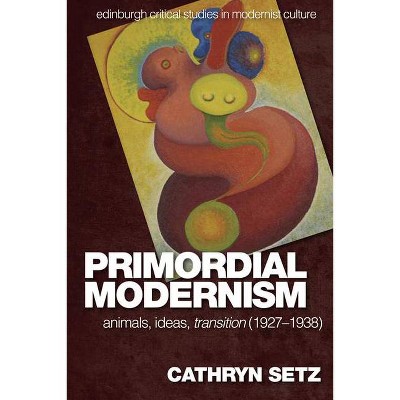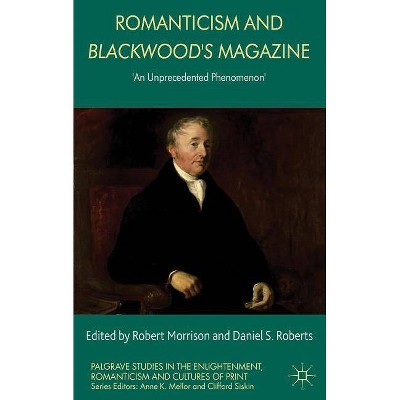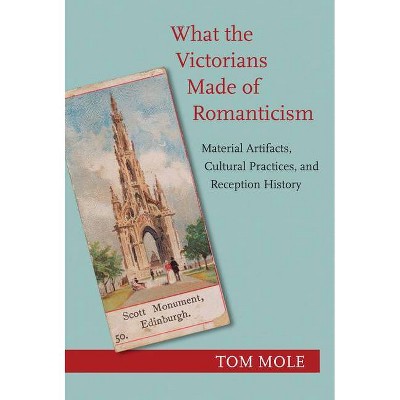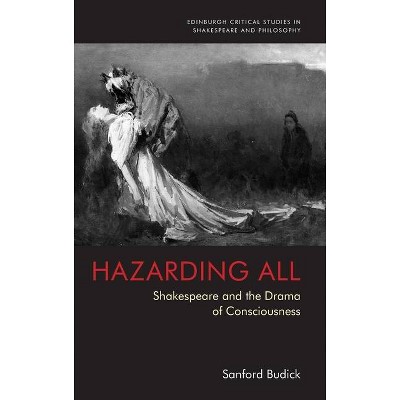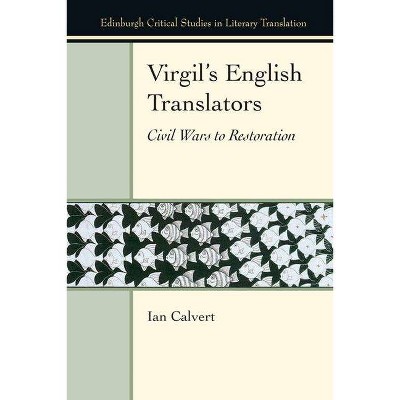Discovering the Footsteps of Time - (Edinburgh Critical Studies in Romanticism) by Tom Furniss (Hardcover)
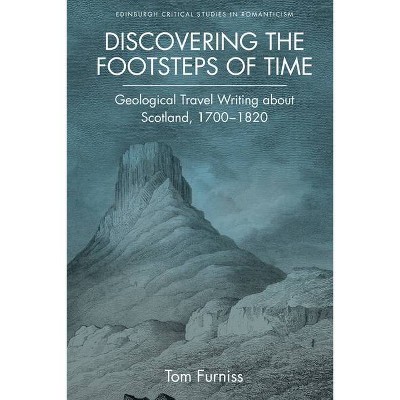
Similar Products
Products of same category from the store
AllProduct info
<p/><br></br><p><b> About the Book </b></p></br></br><p><em>Discovering the Footsteps of Time</em> probes the development of a distinctively Scottish tradition of geological travel writing from the seventeenth to early nineteenth century. </p><p/><br></br><p><b> Book Synopsis </b></p></br></br><p><strong>Traces the history of geological travel writing about Scotland across the historical periods of the Scottish Enlightenment and British Romanticism</strong></p> <p><em>Discovering the Footsteps of Time</em> probes the development of a distinctively Scottish tradition of geological travel writing from the seventeenth to early nineteenth century. The tradition tracks a fertile interaction of scientific and aesthetic themes, mediated through literary techniques, which highlights the emergence of 'Romanticism' as such; a distinctive, recognisable cultural movement of taste and style. Making an important new contribution to our understanding of the 'discovery' and representation of Scotland in the long eighteenth century, the book explores why Scotland's topography has been decisive in the history of geology to such a great extent. Written by a literary academic rather than a geologist, the book is as much concerned with textual strategies and the aesthetic experience of geological discovery as with geology itself.</p> <p><strong>Key Features</strong></p> <ul> <li>Adds to our understanding of the 'discovery of Scotland' in the 18th and early 19th century, developing a new account of the literary, aesthetic and geological meanings of 'the land of mountain and flood' in the period </li> <li>Offers new insights about James Hutton's geological theory by attending to his geological travel writing about Scotland, and also locates Hutton's work within wider geological debates in and about Scotland</li> <li>Builds on previous work on the literariness of scientific writing in the 'second scientific revolution'</li> <li>Contributes to research on 'Romantic Scotland' and on the transition from Enlightenment to Romantic scientific travel writing</li></ul><p/><br></br><p><b> From the Back Cover </b></p></br></br>'Focusing on eighteenth- and early nineteenth-century travellers in Scotland, Tom Furniss finds new and striking things to say about the literary inflections of pre-scientific geological writing. Combining extensive research with personal experience of the Highlands, for anyone wishing to explore Scottish intersections of geology, literature and aesthetics this is the go-to book.' Nicholas Roe, University of St Andrews Discovering the Footsteps of Time traces the history of geological travel writing about Scotland across the historical periods of the Scottish Enlightenment and British Romanticism. It probes the development of a distinctively Scottish tradition of geological travel writing from the late seventeenth to the early nineteenth century. The tradition tracks a fertile interaction of scientific and aesthetic themes, mediated through literary techniques, which highlights the emergence of 'Romanticism' as a distinctive, recognisable cultural movement of taste and style. Making an important new contribution to our understanding of the 'discovery' and representation of Scotland in the long eighteenth century, the book explores why Scotland's topography has been decisive in the history of geology. Written by a literary academic rather than a geologist, the book is as much concerned with textual strategies and the aesthetic experience of geological discovery as with geology itself. Tom Furniss was Senior Lecture in English at the University of Strathclyde from 1987 to 2017. He is the author of Edmund Burke's Aesthetic Ideology: Language, Gender and Political Economy in Revolution (1993) and numerous articles and chapters on poetry, politics, philosophy, aesthetics and science in the Enlightenment and Romantic period. He is also co-author, with Michael Bath, of Reading Poetry (2007). Cover image: John MacCulloch, 'View of the Scuir of Egg' (detail), in Description of the Western Islands of Scotland (1819), III, plate v; by permission of University of Glasgow Library, Special Collections. Cover design: www.hayesdesign.co.uk [EUP logo] edinburghuniversitypress.com ISBN 978-1-4744-1001-4 Barcode<p/><br></br><p><b> About the Author </b></p></br></br><p>Tom Furniss is Senior Lecturer in the Department of English at the University of Strathclyde. He has published widely on literature, philosophy, travel writing and geology of the eighteenth century and Romantic periods. He is the author of <i>Edmund Burke's Aesthetic Ideology: Language, Gender and Political Economy in Revolution</i> (CUP, 1993).<p>
Price History
Price Archive shows prices from various stores, lets you see history and find the cheapest. There is no actual sale on the website. For all support, inquiry and suggestion messages communication@pricearchive.us
